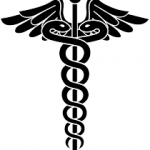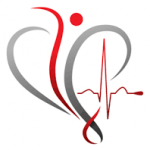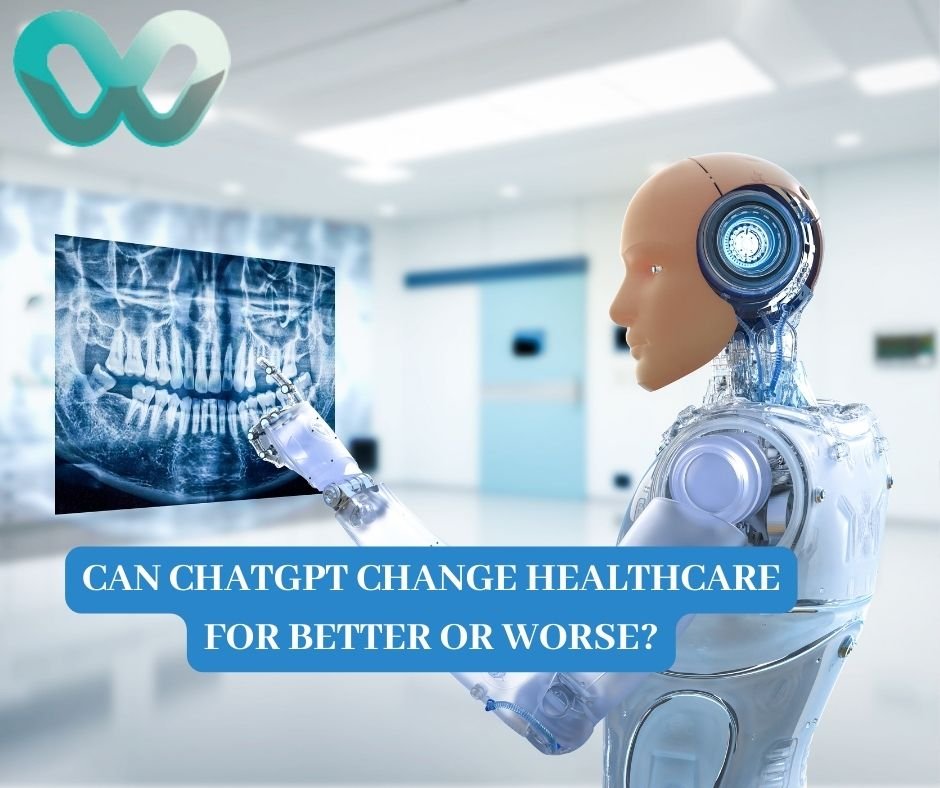Artificial Intelligence (AI) is Quickly transforming many sectors, and healthcare is one of them. Among the latest AI developments, ChatGPT—a language model developed by OpenAI—has led to significant interest. AI can understand and generate human-like text, which raises important questions about its potential impact on healthcare. Could ChatGPT transform patient care for the better, or might it introduce new risks and challenges?
In this article, we will see both sides of the debate. We will look at how ChatGPT might Enhance healthcare, Especially in patient care, and also consider the potential Drawbacks. Real-world examples will help understand these points, making sure that people who are not familiar with advanced AI concepts can understand the conversation.
Benefits of ChatGPT in Healthcare:
Enhanced Patient Communication
One exciting way ChatGPT can be used in healthcare is to enhance communication between patients and healthcare providers.
Example: Suppose a patient newly diagnosed with diabetes. A ChatGPT-powered tool could provide the patient with clear, step-by-step guidance, reminders about medication, dietary advice, and answer any questions the patient might ask
Helping doctors make decisions in the clinic:
ChatGPT can help healthcare professionals by summarizing lots of medical research and patient information to help with making clinical decisions.Doctors are usually busy and may not always have the newest research readily available. ChatGPT is able to scan and summarize research studies, guidelines, and case histories efficiently to offer recommendations based on evidence.
Example: A doctor dealing with a complicated case can use ChatGPT to easily find and summarize the most recent research on possible treatments, which can help them make better decisions.
Making administrative tasks more efficient.
Healthcare professionals often feel stressed out by the administrative tasks they have to complete. ChatGPT can assist by automating everyday tasks like setting up appointments, organizing patient records, and dealing with billing and calculations.
This automation allows healthcare providers to have more time to focus on taking care of patients directly.
Example: A clinic that uses ChatGPT for appointment scheduling can decrease wait times and make the practice more efficient, which will result in happier patients.
Monitoring and tracking patient progress and post-treatment care:
ChatGPT can help keep track of patients regularly by connecting with wearable gadgets and health apps.It can review information and give updates to patients and doctors promptly.
Example: A person who has high blood pressure can use a smart device to keep track of their blood pressure.
ChatGPT can check this information right away and notify the person and their doctor if there are any worrying patterns, leading to quick action.
Possible Dangers and Difficulties
Although ChatGPT has the potential to bring many advantages to the healthcare industry, it is important to acknowledge and address the risks and challenges associated with its use.
Danger of Incorrect Information:
A big worry is the chance of wrong information.
ChatGPT comes up with answers by looking at patterns in the data it learned from, but it doesn’t fully grasp the information.This can lead to giving out wrong or confusing information, which can be risky in a healthcare environment.
Example:It is important to make sure that ChatGPT gives accurate medical advice to avoid any harm to patients who rely on it.
Privacy and Security Issues:
Healthcare data is very important, and the use of AI tools such as ChatGPT raises important worries about privacy and security. Making sure that patient data stays safe from breaches and misuse is crucial.
Example: If a ChatGPT-powered healthcare app experiences a data Violation, it could reveal personal health details, which could result in privacy Violation and possible legal issues.
Dependency and Reduced Human Interaction
There is also the risk that over-reliance on ChatGPT could reduce the quality of human interaction in healthcare. While AI can assist with many tasks, the human touch is irreplaceable, particularly in patient care.
Example: A doctor who relies too heavily on ChatGPT for patient communication might miss out on important nuances that come from direct, personal interactions, potentially impacting the patient’s experience and satisfaction.
Ethical and Regulatory Challenges
Using AI in healthcare raises ethical and regulatory challenges.It is important to figure out the right way to use ChatGPT, set limits, and make sure to follow healthcare rules.These are key issues that must be dealt with.
Example: It is important to set rules for how ChatGPT should be used when diagnosing conditions or suggesting treatments to make sure it is used in a responsible and ethical manner.
Practical Examples and Real-world Stories
To better understand the impact of ChatGPT in healthcare, let’s look at some real-world examples and case studies.
Example 1: ChatGPT in Telemedicine
Telemedicine is becoming more and more popular, especially since the COVID-19 pandemic.Some telemedicine platforms are trying out using ChatGPT to make patient interactions better.In these situations, ChatGPT can assist in evaluating patients, giving initial advice, and responding to frequently asked questions, allowing doctors to concentrate on Complex cases.
Case Study: A telemedicine company started using ChatGPT to manage first-time patient questions. As a result, healthcare providers now have 30% less work to do, giving them more time to focus on patients who require longer consultations. Patient satisfaction also increased due to quicker response times.
Example 2: ChatGPT in Mental Health Support
ChatGPT has proven to be effective in providing support for mental health. AI-powered chatbots can offer instant support 24/7 to people dealing with mental health problems, giving them coping techniques and guiding them to seek help from professionals when needed.
Case Study: A mental health group used a ChatGPT-powered chatbot to provide help to people who are facing anxiety and depression. Users said they felt more supported and less alone, and the chatbot successfully helped many users find professional assistance.
Example 3: ChatGPT in Medical Research
Researchers are currently using ChatGPT to go through and summarize a large amount of medical literature, which helps speed up the process of making new discoveries. This can help healthcare professionals stay up-to-date with the latest developments and use new knowledge to care for patients faster.
Case Study: A team of researchers utilized ChatGPT to go through numerous studies on a rare disease, condensing important discoveries and identifying possible new ways to treat itThis helped them conduct research faster and resulted in the initiation of new clinical trials.
Conclusion
ChatGPT can change and test the healthcare industry, especially in taking care of patients. Using technology can help improve communication, make clinical decisions easier, simplify administrative duties, and aid in keeping track of patients, which all have important advantages.
As healthcare professionals, it is important to look at the integration of ChatGPT from a balanced point of view.Taking advantage of the benefits while carefully controlling the risks will be crucial in making sure that this technology improves patient care instead of impeding it..In t
In the end, we should aim to use ChatGPT as a tool that works together with the important human aspects of healthcare.This will help improve results for patients and make the healthcare system run more smoothly.




